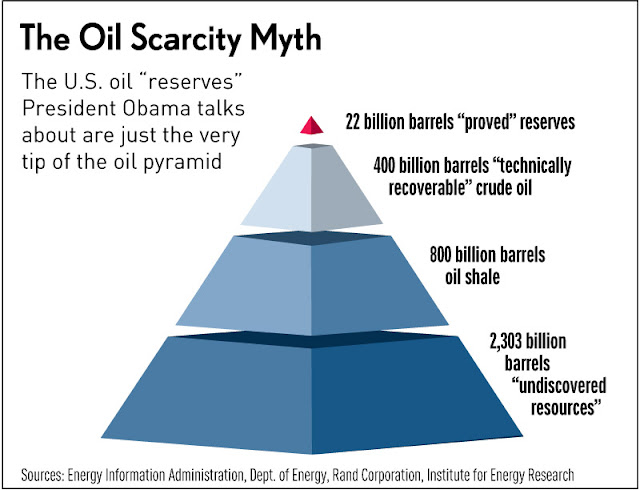Inflating the Bubble When the Alternative is Collapse
With house prices and sales both falling, the biggest risk for the Chinese economy is a sharp slowdown in construction. Official data paint a bleak picture, with zero growth in new residential floor space under construction in the first two months of the year.
But that is a record of building that has already taken place—not a look forward. For a glimpse into the future, it is worth taking a look at what developers themselves are saying about their plans for investment. _WSJ
Land sales may take a hit as developers focus on using existing reserves rather than buying more. Evergrande says its national land footprint is "basically complete." That is bad news for local governments that rely on land sales to generate revenue.With fixed investment constituting 50% of GDP, and the value of that investment on the decline, the unwieldy Chinese economy seems to be built upon an increasingly slippery slope.
...For the real-estate sector, higher completion rates will add to the existing overhang of unsold property and pressure for prices to fall. _WSJ
More:
~ China Warning Sign #1: GDP SlowdownInternational commodity investors want to know what is happening inside the China economy, because China accounts for so much of global commodity demand -- including crude oil. Without the China bubble, global commodities markets could be in trouble.
In the last quarter, China’s economy grew by 8.9%. When you compare it to the sub-3% GDP growth in the United States, it sounds phenomenal. But put it into context, and you realize it represents the slowest pace in two-and-a-half years for China. This isn’t some blip, either. China’s government is calling for even more deceleration. It recently lowered its GDP growth target to 7.5%. Another problem? Those numbers aren’t exactly trustworthy…
~ China Warning Sign #2: Unreliable Statistics
If you don’t have anything to hide, you tell the truth, right? Well, if that’s the case, China has a problem. Last month, the country’s statistics bureau revealed that local governments were forcing businesses to report “seriously untrue” data. The net effect? GDP, based upon local government figures, was 8.8% higher than the national figures calculated by the statistics bureau. And this comes on top off all the small-cap Chinese companies that have already been outed as complete frauds.
~ China Warning Sign #3: Imports
The latest trade figures from Japan showed a 14% drop in shipments to China. Most of the decline can be attributed to machinery deliveries. That means construction activity in China, which helped fuel a majority of its growth in recent years, is waning.
~ China Warning Sign #4: Manufacturing
In March, the HSBC/Markit Flash Purchasing Manager’s Index (PMI) hit a four-month low. The latest reading came in at 48.1, down from 49.6 in February. Keep in mind, anything below 50 signals a contraction.
~ China Warning Sign #5: Employment
On the heels of lower manufacturing activity, hiring dropped to a two-year low. How is the Chinese consumer supposed to fuel economic growth it they’re not employed? Just curious.
~ China Warning Sign #6: Government Debt
In America, we know all too well what happens when we overeat at the debt buffet. Banks need to be bailed out. And the engine of economic activity – consumer spending – grinds to a halt. Well, China’s the next country set to learn this the hard way. As of September 2011, China’s local banks issued 9.1 trillion yuan (or about $1.4 trillion) in loans to local governments. And local government debt, which is supposed to be illegal, now stands at about 25% of China’s GDP. Big whoop? It certainly is when that debt is being collateralized by inflated real estate.
~ China Warning Sign #7: Real Estate
After years of soaring prices, property values are now falling in China. Of the 70 cities tracked by the National Bureau of Statistics, prices fell in 48 cities in January and not one city experienced gains. _EM
Labels: China Bubble


























